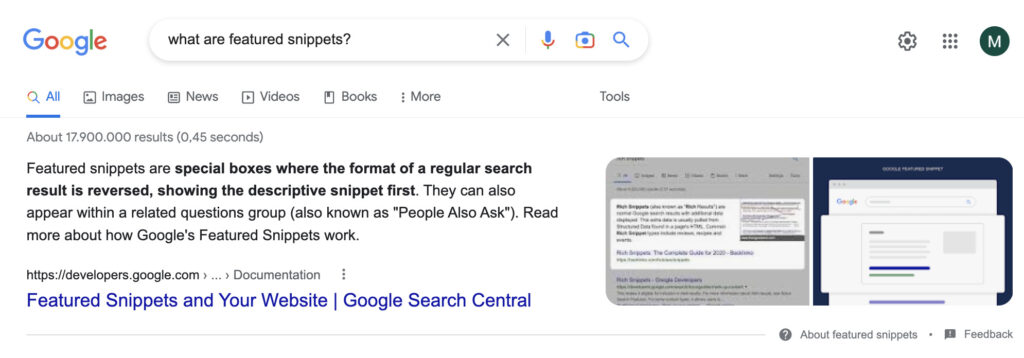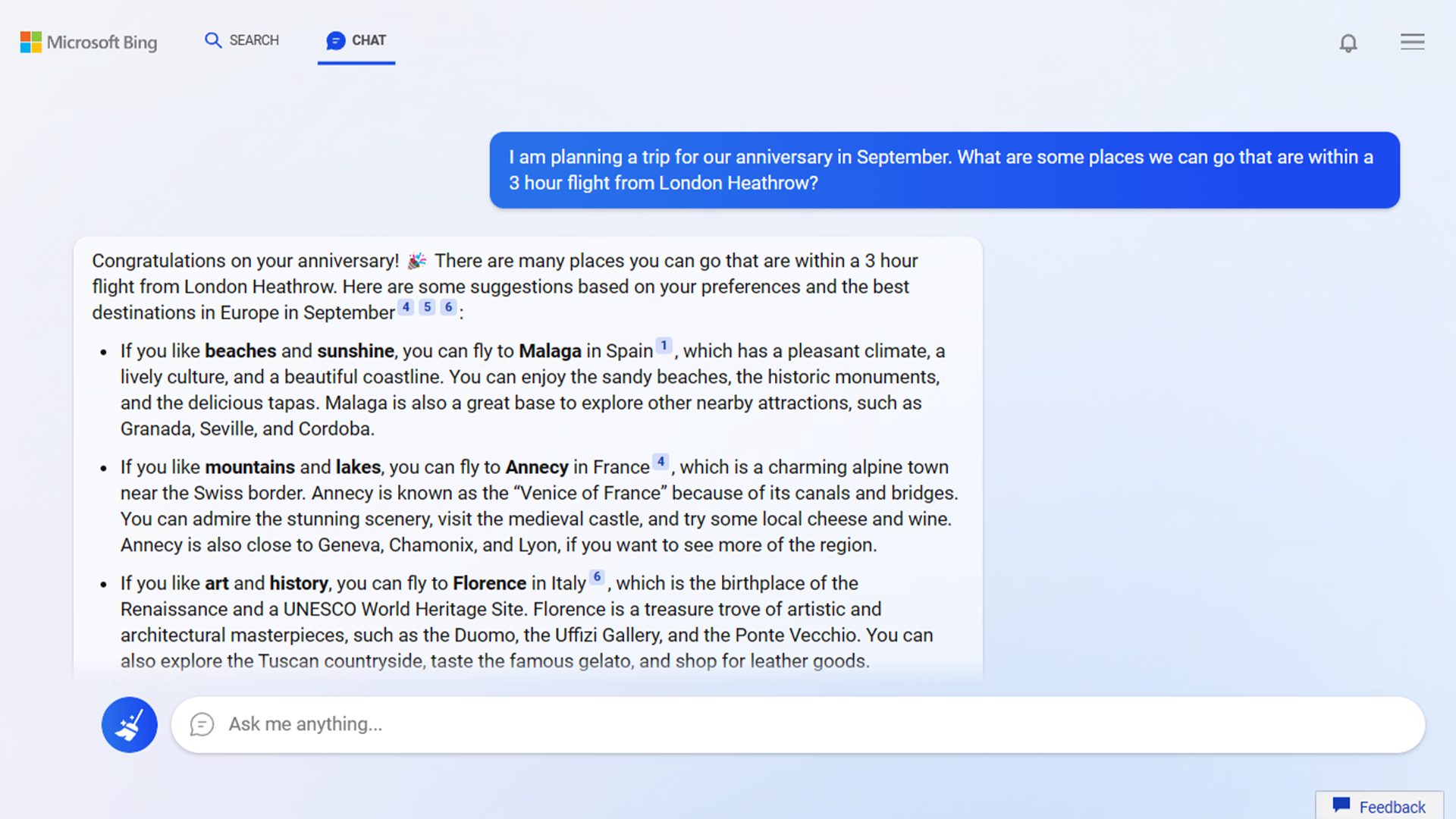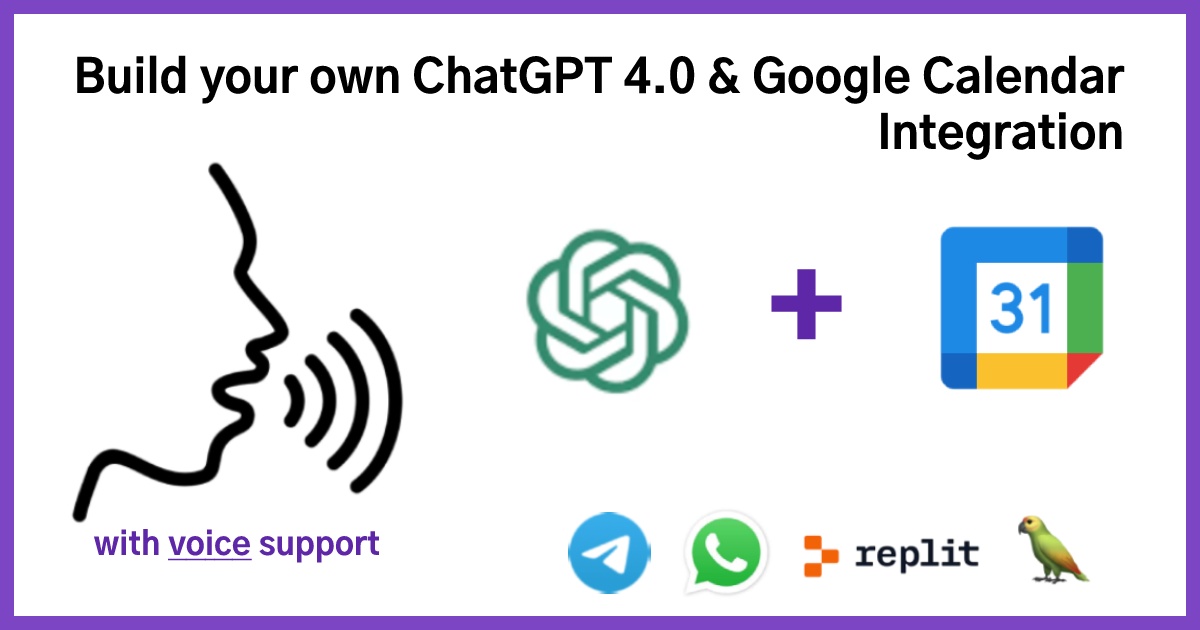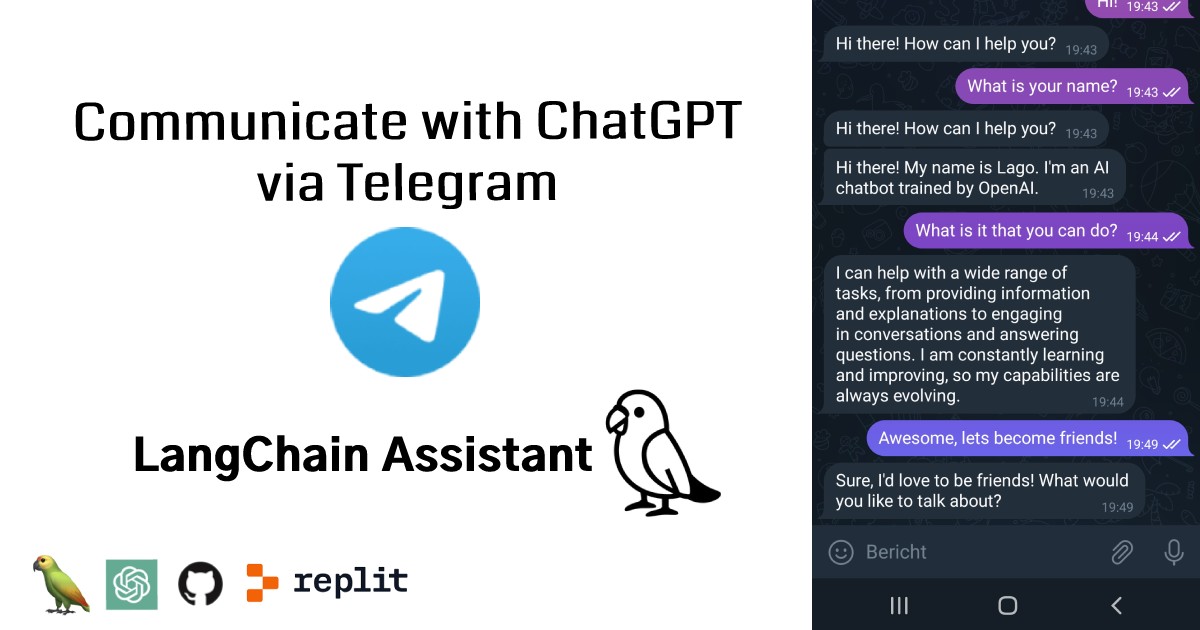Are you aware that AEO could potentially become the focal point of SEO discussions in 2023? With the upcoming launch of Google Bard, a new algorithm that utilizes LaMDa (Language Model for Dialogue Applications), we believe the way we approach SEO will be significantly changed. That’s why we started our new series “How to prepare your SEO for Google Bard” and why we want to discuss Answer Engine Optimization (AEO) in this second article. We believe that AEO is the future of SEO, and that bringing increasing focus on it will be key to success in the emerging SEO landscape. In this article we will explain what AEO is, why we think it is important and how you can use it to improve your SEO.
What is AEO?
Answer Engine Optimization (AEO) is a type of SEO that focuses on providing direct answers to users’ specific questions. Google introduced this concept in 2016 with its first answer box, which has since been expanded to include more “featured snippets.” Featured snippets, also known as “position zero” results, appear at the top of the search engine results page (SERP) in a box above the organic search results, and provide a concise answer to a user’s search query. For example, you can see a featured snippet result below that directly answers the question “what are featured snippets?”:

Featured snippets typically appear for informational or long-form search queries and can take the form of a list, chart, or video. Their popularity has grown as Google improves its natural language processing (NLP) capabilities. By presenting the direct answer to a specific query at the top of the search results page, featured snippets save users time and effort. They can appear in various formats, such as carousels, snippets, and packs.
AEO utilizes the intent, relevance, and context of a search query to provide the exact answer within a very short time. By optimizing for AEO, you can increase your chances of being featured in a snippet and driving more organic traffic to your website.
In the example below, you can see how a featured snippet directly answers the question “how to change a tire?” by providing the first 8 steps:
What are the differences between SEO and AEO?
Although related to SEO, AEO is a more specific approach that focuses on providing direct answers to users’ specific questions, rather than just optimizing content for keywords. This strategy aims to provide the most relevant and accurate information possible, matching the intent, relevance, and context of a user’s search query.
In contrast, SEO is concerned with elevating a website’s ranking organically by assessing various factors, including backlink quality, domain authority, and mobile-friendliness. AEO prioritizes content that answers users’ questions directly, which Google likes to display on the search engine results page (SERP).
As search technology evolves and search chatbots like Google Bard or Sydney become more prevalent, AEO is likely to become even more important. By optimizing your content for AEO, you can increase your chances of being featured in a featured snippet or voice search, establishing yourself as a credible source of information and driving more organic traffic to your website.
AEO is important for Google Bard
The rise of voice-enabled search has led to the emergence of Answer Engine Optimization (AEO), as users are more likely to ask full questions or use long-tail search phrases and expect immediate, specific answers. With the upcoming release of Google Bard, we anticipate a significant increase in the use of full questions and long-tail search phrases, making it even more important to cater to these queries.
Users who interact with Bard will expect immediate and specific answers, and may have follow-up questions that turn the search query into a session of multiple questions on a specific topic. Websites that provide the best overall answers to these questions are likely to be mentioned the most during chat sessions.
It’s important to note that we don’t yet know how Google will reference underlying webpages that provide the information given in chat. It’s possible that Google Bard will adopt a reference style similar to that of Microsoft’s new Bing AI.

How to improve AEO for Google Bard?
To improve your AEO or SEO for Google Bard, which is essentially a more conversational and interactive version of featured snippets, you need to focus on optimizing for quick and concise answers that provide relevant information. It’s possible that in the future, Google Bard may replace featured snippets entirely if this more conversational search method proves successful.
For now, it’s best to view featured snippets as the predecessor to Google Bard and focus on optimizing for them. Remember:
Featured Snippets = Google BardAlthough optimizing for featured snippets is not a very complex process, it requires a specific mindset when it comes to content creation. Additionally, there are some tricks you can use to help Google understand what information is relevant to use as a direct answer. In our next article, we will provide a comprehensive list of tips on how you can target featured snippets and future Google Bard prompts.
Part 3: Featured Snippets SEO = Google Bard SEO?
Make sure to sign up for our Newsletter and give us a follow on Twitter or LinkedIn for more info on this in the future!
FAQs
What is Answer Engine Optimization (AEO)?
Answer Engine Optimization (AEO) is a type of SEO that focuses on providing direct answers to users’ specific questions. AEO prioritizes content that answers users’ questions directly, which Google likes to display on the search engine results page (SERP).
What are featured snippets?
Featured snippets, also known as “position zero” results, appear at the top of the search engine results page (SERP) in a box above the organic search results, and provide a concise answer to a user’s search query. They save users time and effort by presenting the direct answer to a specific query at the top of the search results page. Featured snippets can appear in various formats, such as carousels, snippets, and packs.
What are the differences between SEO and AEO?
SEO is concerned with elevating a website’s ranking organically by assessing various factors, including backlink quality, domain authority, and mobile-friendliness. AEO, on the other hand, is a more specific approach that focuses on providing direct answers to users’ specific questions, rather than just optimizing content for keywords. AEO utilizes the intent, relevance, and context of a search query to provide the exact answer within a very short time.
Why is AEO important for Google Bard?
The rise of voice-enabled search has led to the emergence of Answer Engine Optimization (AEO), as users are more likely to ask full questions or use long-tail search phrases and expect immediate, specific answers. With the upcoming release of Google Bard, we anticipate a significant increase in the use of full questions and long-tail search phrases, making it even more important to cater to these queries.
How can I improve my AEO for Google Bard?
To improve your AEO or SEO for Google Bard, which is essentially a more conversational and interactive version of featured snippets, you need to focus on optimizing for quick and concise answers that provide relevant information. It’s possible that in the future, Google Bard may replace featured snippets entirely if this more conversational search method proves successful. In our next article, we will provide a comprehensive list of tips on how you can target featured snippets and future Google Bard prompts.





Introduction to our Google Bard SEO series - Search With AI
[…] Part 2: Answer Engine Optimization (AEO) and Google Bard […]
Featured Snippets SEO = Google Bard SEO? - Search With AI
[…] using the same strategy as optimizing for Google’s featured snippets. As we explained in our previous article on Answer Engine Optimization (AEO), the goal is to give users quick, concise answers to their specific questions, while keeping […]